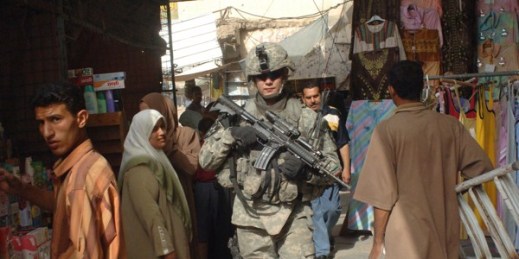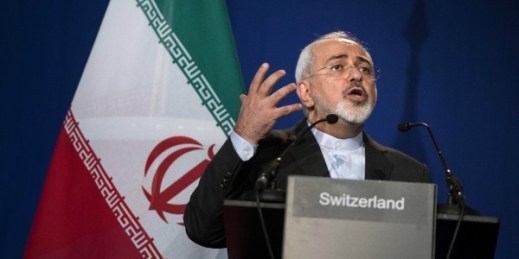
In January 2017, a new U.S. president will move into the White House. He or she will immediately instruct the National Security Council to assess American national security strategy and provide policy options, particularly for key regions and issues. In all likelihood, no assessment will be more complex and important than the one dealing with the Middle East. After the end of the Cold War, U.S. strategy in the Middle East focused on promoting stability largely by supporting like-minded regional states. While nominally opposed to the more nefarious dictators in the region, before 2003 the U.S. did not do much […]

